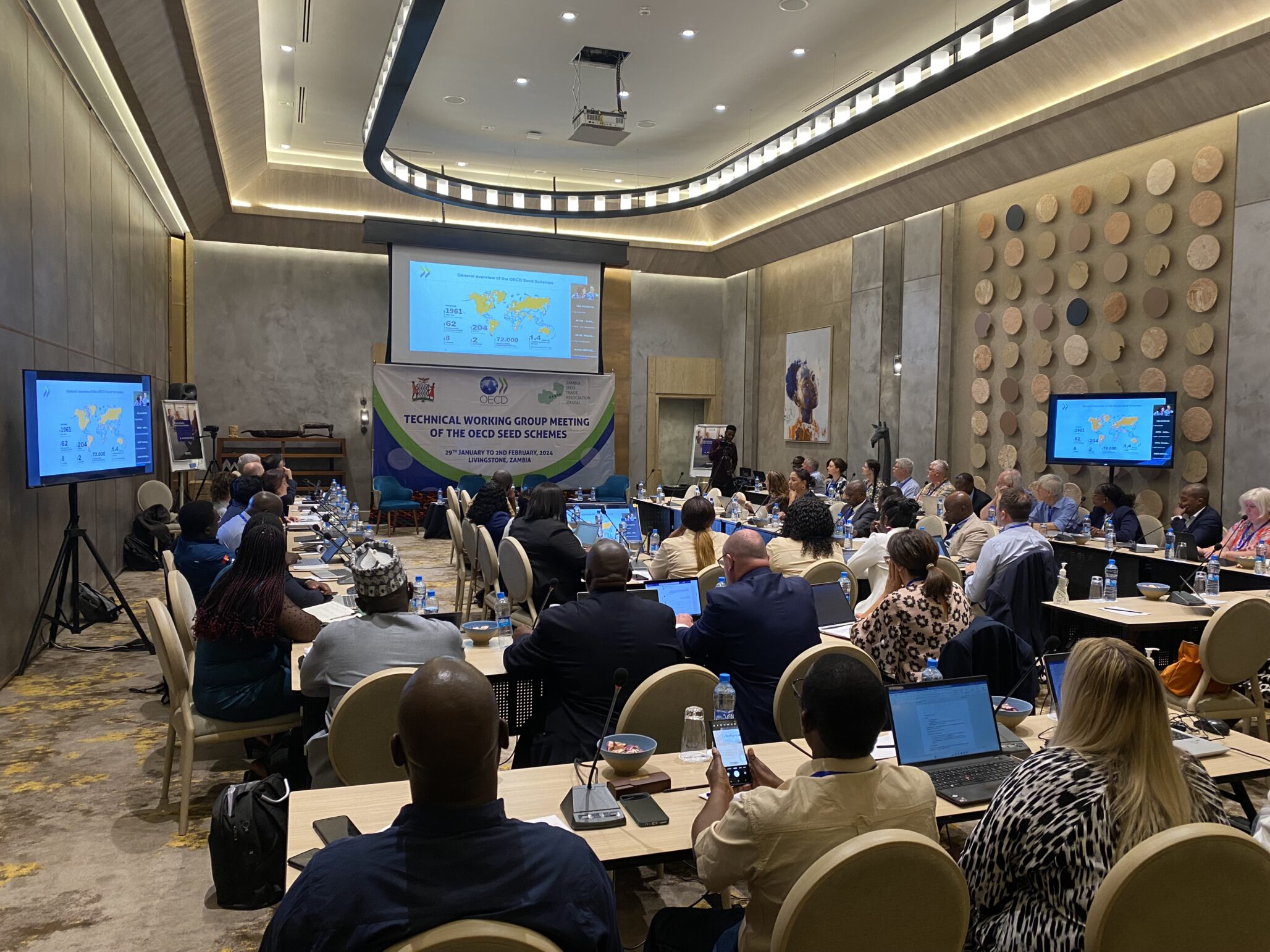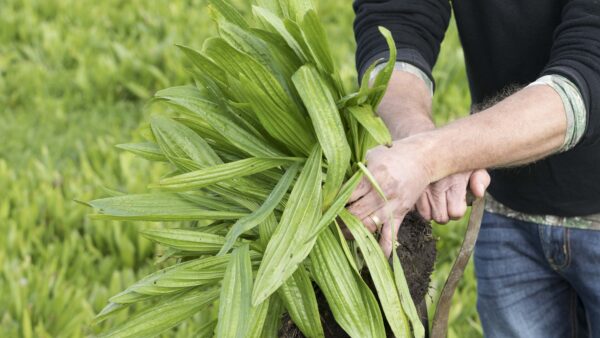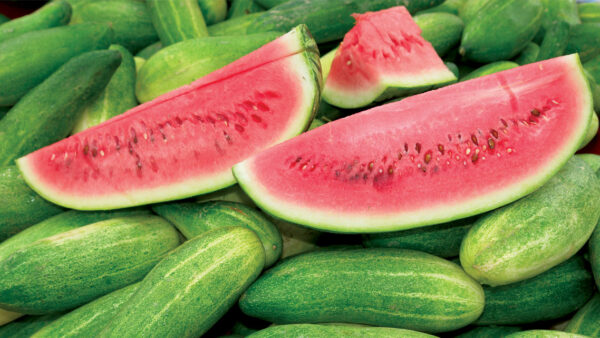At the end of 2024, FAO published its Statistical Yearbook about World Food and Agriculture, referring to facts updated to 2022. It is a very rich collection, a valuable tool for commercial operators, analysts and macroeconomics scholars.
The Yearbook provides global information on many topics concerning the subject in question. The value of the work lies not only in the breadth and completeness of the overview, but also in the timeliness of the data provided and their reliability. As José Rosero Moncayo, FAO statistician, stated, “Timely, accurate and high-quality data and statistics are the basis for sound policy planning. This edition also includes a new set of data on diet, an important achievement in understanding what people eat.”
The Economic Dimensions of Agriculture
The added value of agriculture, forestry and fishing reached 3.8 trillion dollars globally, with an increase of 89% in real terms from 2000 to 2022. The greatest contribution was provided by Asia (China and India, mainly), which holds about two-thirds of the entire value with a share almost doubled in the period, and by Africa, albeit at a considerable distance. The percentage of Europe and the Americas is decreasing, while Africa has risen from 8 to 12%, mainly thanks to Nigeria. The workforce employed in agriculture in 22 years has gone from 40 to 26% in the world, maintaining very high values only in the two Asian giants.
Production and the Role of the Seed Sector
In 2022, primary crops produced in total almost 10 billion tons, with a 58% increase compared to 2000. In practice, production is increasing at a rate of 2.5% per year.

A truly remarkable achievement, largely due to the seed sector and to the investments (estimated on average at 10-15% of their respective turnover) made in genetic research by multinationals, as well as by many medium-small companies.
Chemicals and mechanics have also contributed significantly.
Wheat, corn, rice, soy and sugar cane make up half of global production. The availability of vegetable oils has increased by 133%, mainly thanks to palm oil.
Livestock production has increased sharply (+55%), especially chicken meat in emerging economies such as China, Russia, India and Brazil, but also in the U.S.
Agriculture and Environment
Since 2000, the use of pesticides has increased by almost 70%. North and South America use about half of the chemical means. The trend is different in the EU, where the use of these products has fallen by 46% from 2018 to 2022, while those with the highest toxicity have decreased by 25%, according to data provided by the European Commission. However, the European Parliament has recently withdrawn the highly contested law that planned to halve the use of pesticides by 2030, which would have put agricultural productions at risk.
Synthetic fertilizers have also grown, with an increase of 37%.
Greenhouse gas emissions produced by agriculture have increased with 10%, over half of which come from livestock farming. China, India, the U.S. and Brazil are the main culprits.
Water availability is a growing problem, especially in the Middle East and in North Africa, with significant damage to agricultural productions and a worrying impact on food security and, ultimately, on migratory flows. Climate change strongly influences the water crisis in many areas.
The Conflicting Data on Nutrition
Despite the augmentation of food production, the number of malnourished people has increased by 150 million in the last four years alone, with Africa and parts of Asia in greater difficulty, but the number of undernourished persons is growing everywhere.
The Zero Hunger goal, set by the United Nations in 2030, is dramatically moving away.
In the meantime, in the richest countries the problem is obesity, which is marking a strong increase and affects a quarter of the population, with negative implications on health in all age groups.
The snapshot taken by the FAO has highlighted the topicality of the great challenges that the world is facing and the key role that agriculture and the seed sector are playing and will play in the future.
Plant innovation with NGTs, precision techniques 4.0, the use of microbiology will be the decisive weapons, but it also needs a policy that looks at economic as well as environmental sustainability and educates citizens on proper nutrition.
Franco Brazzabeni is commercial and marketing consultant in the international agribusiness, Member of the Board of Assosementi and of ISF Groups and writes a blog on www.agrinotes.it.













